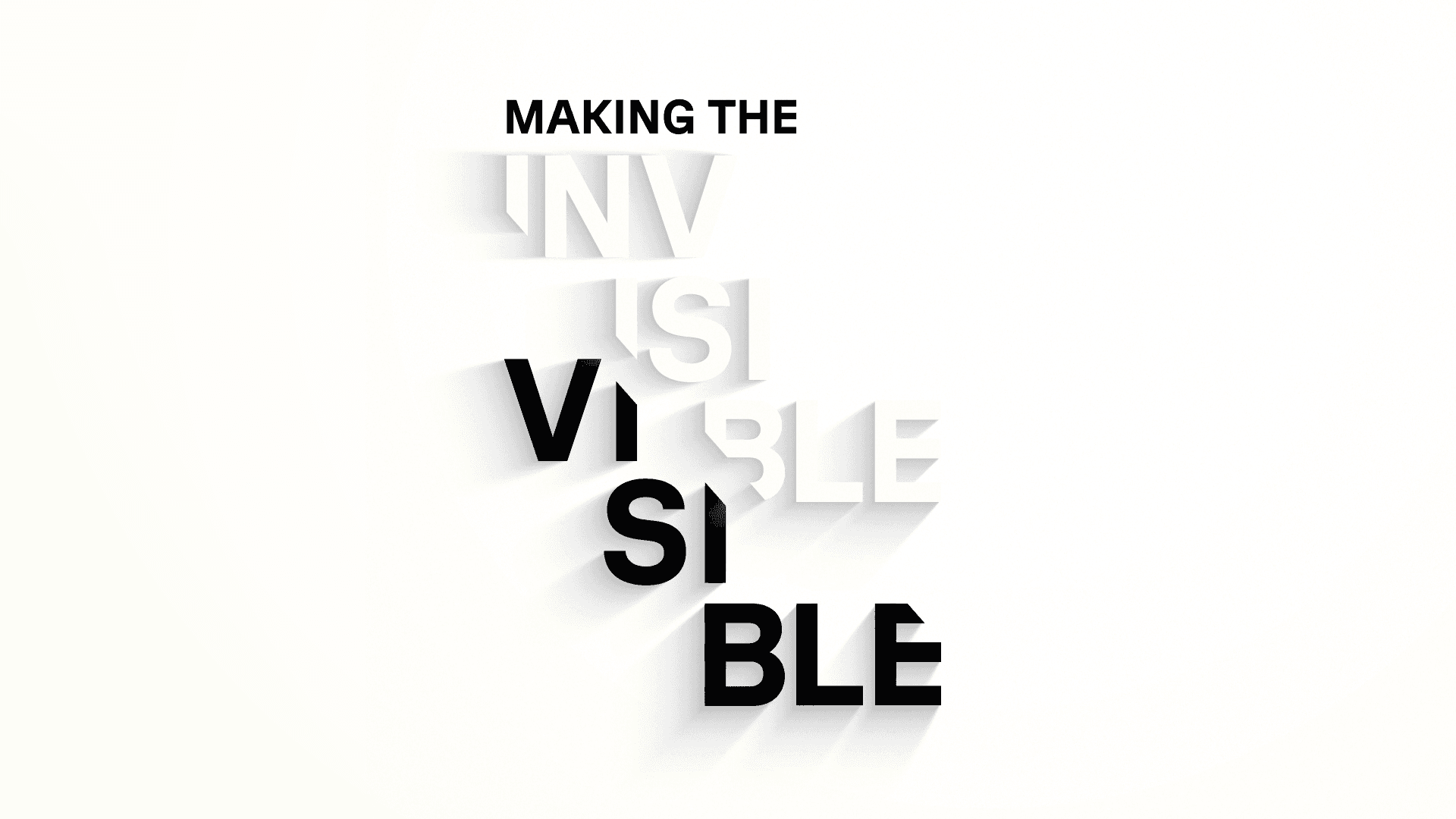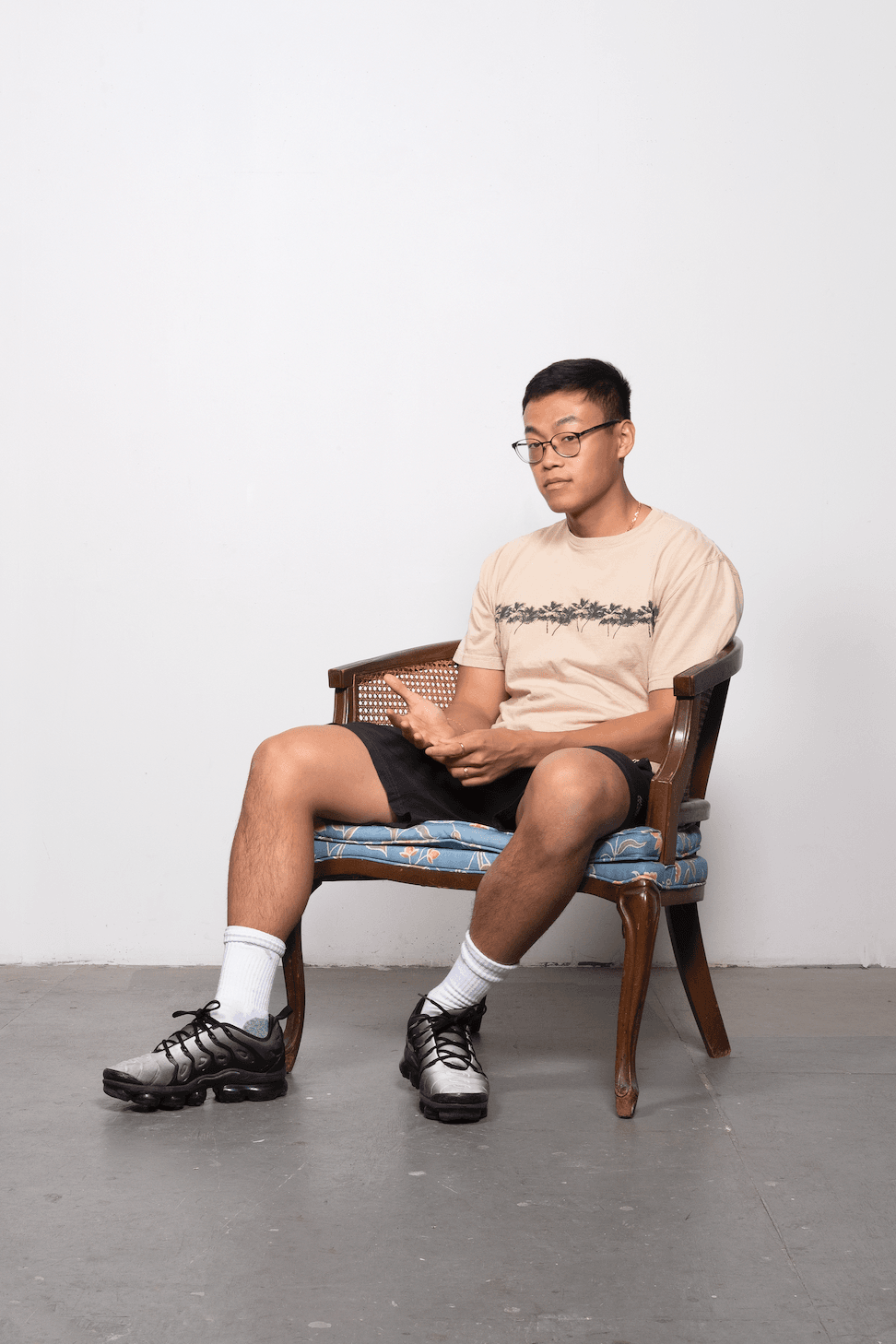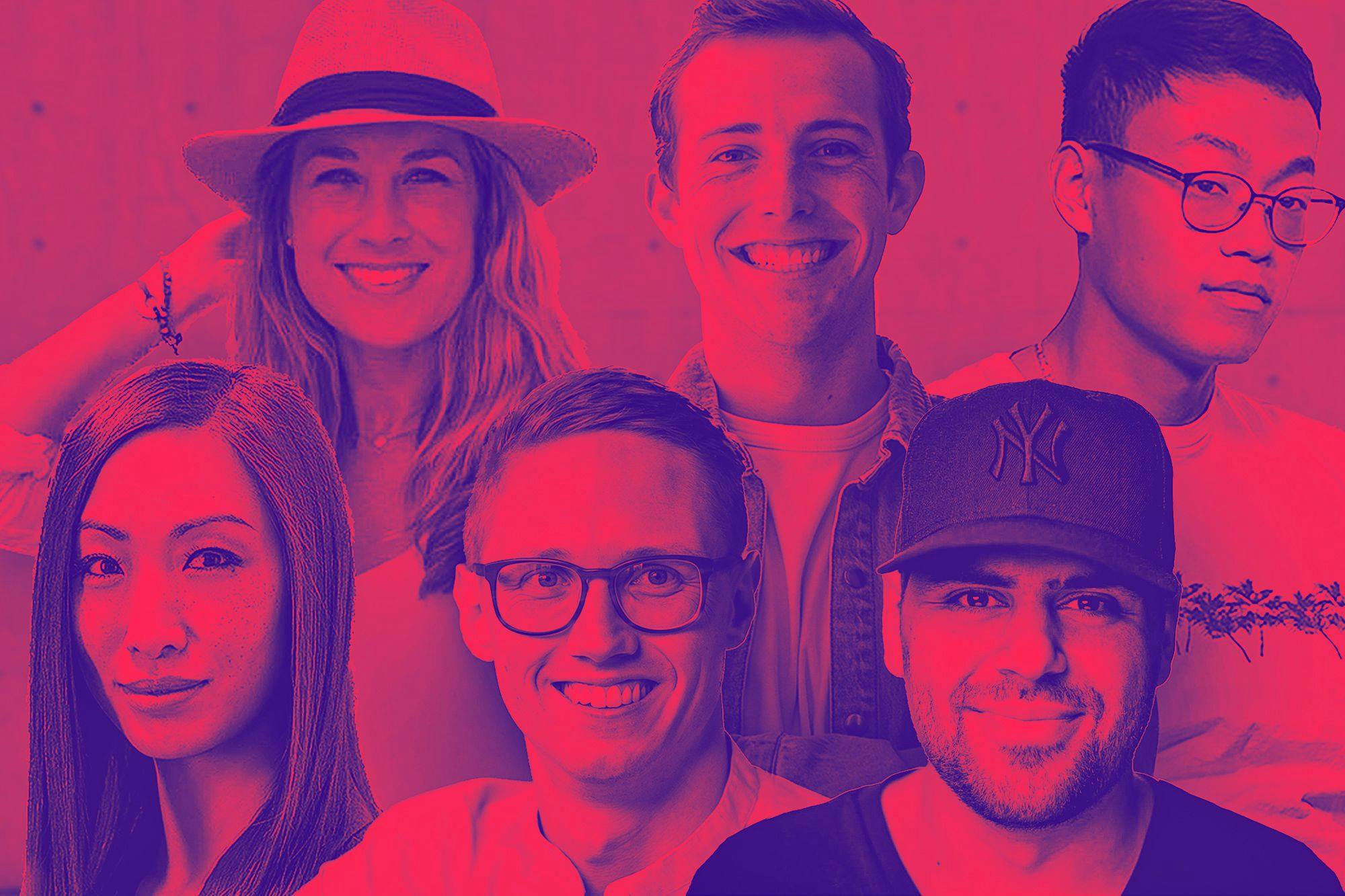Letter from the Curators


Our first curatorial theme of 2023 is drawn from another core ethos of Web3 technologies: transparency. Decentralized technologies are distinct for the collectively authenticated ledger—a technology that allows for the re-imagination of everything from currency to property. The best of this transparency might lead to more just avenues for redistribution and reparation. How does a better understanding of our existing social frameworks—financial, institutional, and cultural—allow us to repair them?
Art historical attempts to unveil the inner workings of museums have radically changed the way we think about art and the systems it is implicated within. In the 1970s, artists like Hans Haacke, Daniel Buren, and Martha Rosler revealed how the “white cube” of the gallery was not a neutral, objective space, but continuous with the social and political problems of the day. Activist groups such as the Black Emergency Cultural Coalition in the '60s, and the feminist group Guerilla Girls and the Asian American group Godzilla in the '90s, have protested the museum's lack of diverse racial and gender representation. Today, these questions remain relevant, and it is all the more apparent that the project of making culture more inclusive, equitable, and sensitive is a collective process. How do we work toward broadening our mutual understanding of human culture and experiences? How do we think critically about who tells the story? What is our responsibility to what we make visible?
These circumstances also call for a deeper interrogation of what engines our day-to-day beyond just the financial. The climate crisis and a rapidly changing planet urge us to reconsider the relationship between nature and extraction. Uncertain times lead to existential, spiritual questioning. We’ve seen a return to our roots, to the land, and a reevaluation of our most basic assumptions. What alternative systems of knowledge are integral now, and how can they be approximated in the realm of art and culture? What invisible forces guide us as humans and how have we tried to understand them?
In 2023, we’ll work with an artist who makes mystical drawings through communing with the spirits of human remains left in museums; another whose practice rebuilds Black communities through education and re-investment; an architect who make spaces for radical thinking, and many more, alongside the input of our Arkive community. We’ll also focus on situating these objects, and those from our last theme, in context-responsive settings.
Through this next collection, we aim to chart how alternative forms of knowledge and mysticism, transparency and critique, diversity and transformational change have increasingly come to define contemporary cultural and artistic practices. As always, this is a place to start. We hope, and expect, that these conversations will take us to unexpected places.


